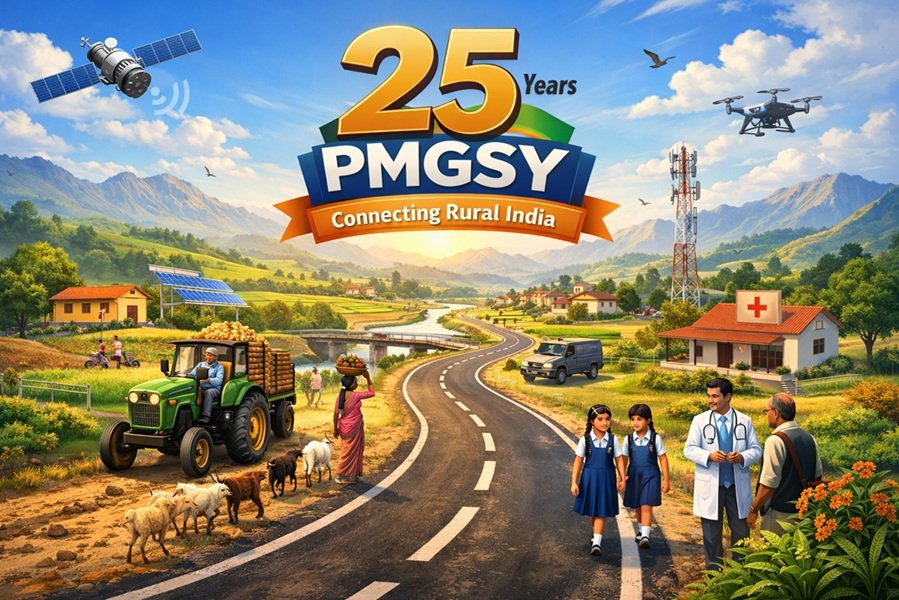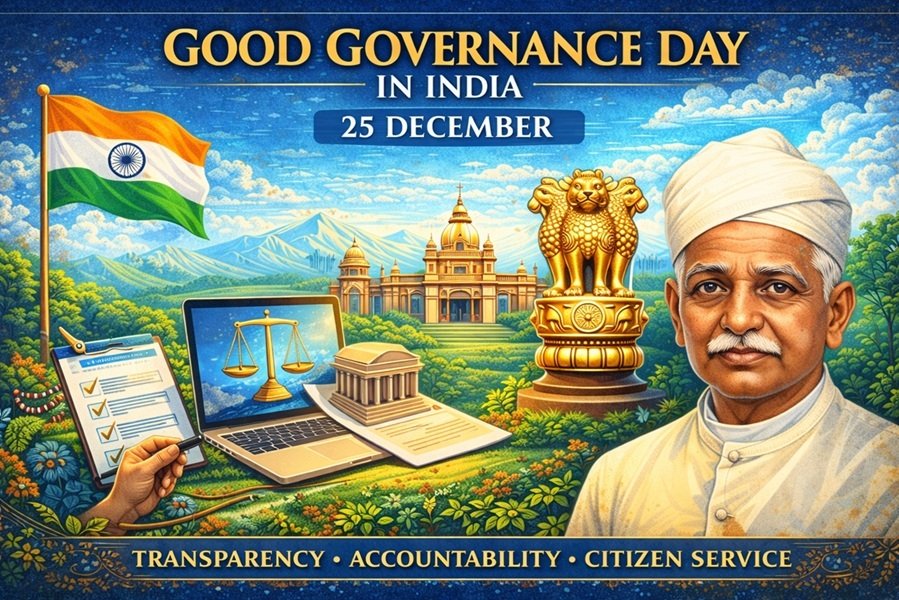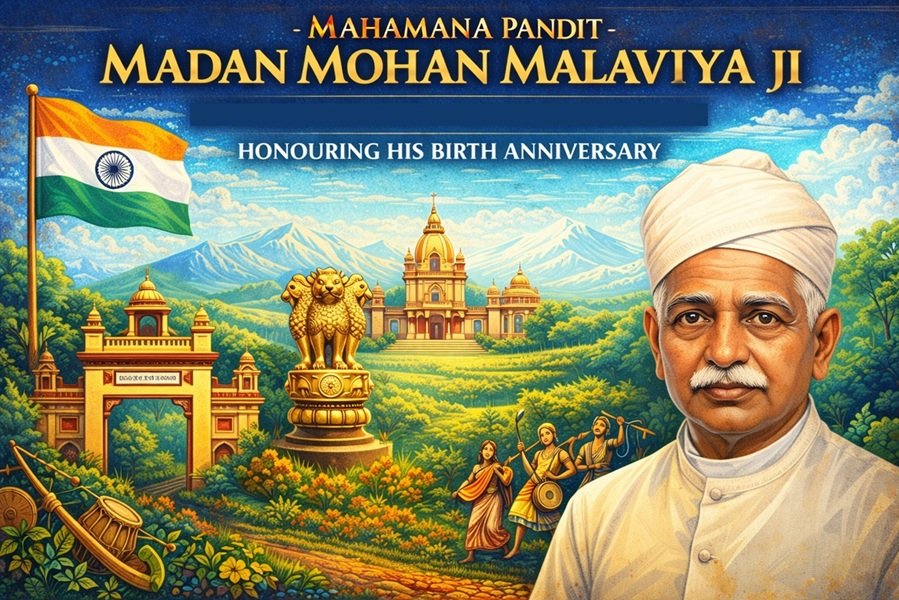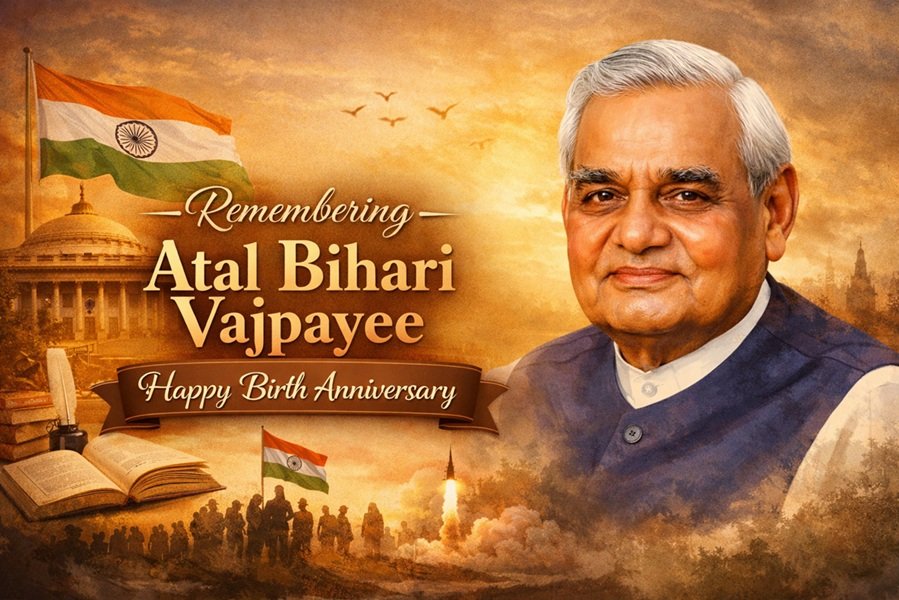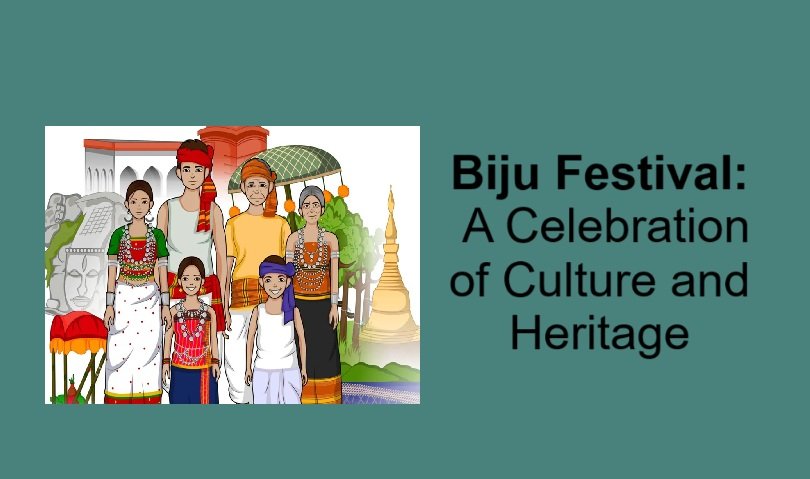
The Biju Festival is one of the most vibrant and significant festivals celebrated by the Chakma community, primarily residing in the northeastern states of India, especially Tripura, Mizoram, Arunachal Pradesh, and parts of Bangladesh. This festival marks the beginning of the Chakma New Year and is a joyous occasion filled with traditional rituals, cultural performances, and communal festivities. The Biju Festival, a three-day celebration marking the Chakma New Year, takes place from April 13th to 15th, 2025.
Origins and Significance of Biju Festival
The Biju Festival, also known as Biju, Bizu, or Chakma New Year, is deeply rooted in the agricultural lifestyle of the Chakma people. It symbolizes the end of the old year and the welcoming of a new agricultural cycle. The festival is also a time for thanksgiving, reflection, and seeking blessings for prosperity in the coming year.
Duration and Celebrations
The Biju Festival is celebrated over three days, usually in the month of April, aligning with other regional New Year celebrations like Bohag Bihu in Assam, Pohela Boishakh in Bengal, and Vishu in Kerala.
Day 1: Phool Biju (Flower Biju)
- This day is dedicated to worship and nature, where people clean their homes and surroundings.
- Flowers and fresh leaves are used to decorate homes.
- Young people and children visit elders to seek their blessings.
- The evening is marked by folk songs and traditional dances.
Day 2: Mul Biju (Main Biju)
- This is the most important day of the festival, where feasting, cultural performances, and communal gatherings take place.
- Families prepare a variety of traditional Chakma dishes such as Paa (sticky rice), Panta Bhat (fermented rice), fish, and bamboo shoot-based curries.
- People dress in traditional Chakma attire and participate in cultural dances like the Biju dance, accompanied by drumbeats and folk songs.
- A major highlight is the Biju Mela, a fair featuring handicrafts, games, and entertainment.
Day 3: Gojjepojje Din (New Year’s Day)
- This day marks the beginning of the New Year with rituals and prayers.
- People visit Buddhist temples (Viharas) to offer prayers and seek blessings for prosperity.
- Elders bless the younger generation with good health and happiness.
- The community engages in charity and donations, emphasizing compassion and goodwill.
Traditional Attire and Music
- Women wear Pinon and Hadi, traditional Chakma dresses made of handwoven fabrics.
- Men wear Dhuti (Dhoti) and cotton shirts.
- The festival is incomplete without Pung (traditional drums), flutes, and folk instruments that add rhythm to the celebrations.
Biju Festival and Its Cultural Impact
- The Biju Festival strengthens social bonds within the Chakma community.
- It preserves and promotes Chakma heritage, language, and customs.
- The festival fosters a sense of unity and belonging, especially for Chakma people living away from their homeland.
- In regions like Tripura and Mizoram, Biju is recognized as an important cultural event, attracting visitors and tourists.
Conclusion
The Biju Festival is more than just a New Year celebration; it is a time of joy, renewal, and community togetherness. It reflects the Chakma people’s deep connection with nature, tradition, and spirituality. As the festival continues to be celebrated with enthusiasm across generations, it remains a testament to the rich and colorful heritage of the Chakma community.
